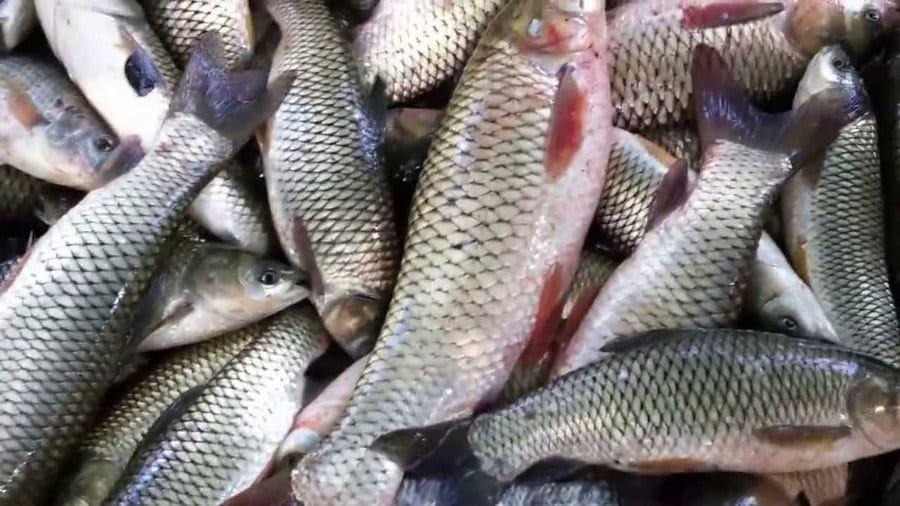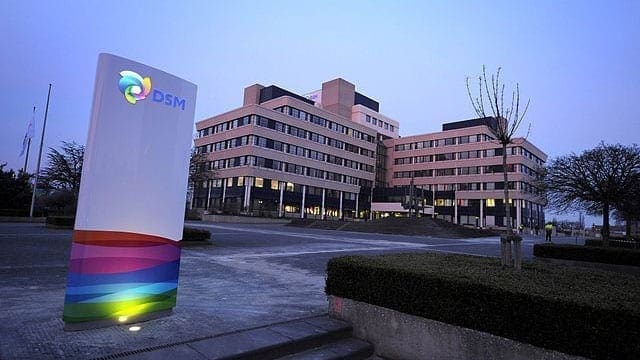RWANDA – The Rwanda Agriculture Board (RAB) has said that the annual fish production is set to hit 112,000 tonnes by 2024 following the country’s fourth strategic plan for agriculture transformation which runs from 2018/2019 to 2024 ,reports New Times Rwanda
According to the data releases by RAB, the country’s annual fish production increased from 26,500 tonnes in 2016/2017 to 31,460 tonnes in 2017/2018 forming the basis of the projected increase.
Solange Uwituze, the Deputy Director General of Animal Research and Technology Transfer at RAB called for more support to the sector in order to realise the projected yield.
“Some companies installed cages in Lake Kivu and Lake Muhazi and started producing good big fish (500 grammes each), other investors are requesting for licences to engage in intensive aquaculture.
Basically we are doing three things; one, supporting big investors in cage fish farming, second, supporting small scale farming through ponds through revolving funds and insurance for their investments, and equipping them with advanced techniques and skills in fish farming,” she said.
“Third, we want to teach people to farm other fish species other than tilapia.
There are species such as Protopterus aetiopicus (Imamba) that can weigh 50 kilogrammes to even 100 kilogrammes, but they do not know how to fish and process them.” She added
By 2024, as the agriculture policy strategy indicate, the country plans to support production of increased fingerlings with over 18 billion in order to get high fish yield.
However, the fish sector in the country is still struggling with feed and skills challenges with fish farmers requesting for subsidies on the feed.
Bart Gasana, the managing director of Aquahort Exports Ltd, a firm that owns a fish feed factory at Kigali Special Economic Zone noted that getting affordable raw materials to process is the most pressing issue that needs to be tackled to ensure sustainable availability and affordability.
Soybean, which a major raw material for feeds, harvests are still recording sub optimal production at 22,583 tonnes in 2018 with such level of out-put being insufficient for to satisfy the demand of local processors.
“we are improving the productivity of soya so that we are able to produce enough quantity, and maize as we look for alternative sources of protein such as insects and others such as blood meal – powder made from animal blood used as a high protein animal feed.”
As the agriculture policy strategy outlines, Rwanda wants to subsidise fish feed production with more than Rwf17 billion by 2024.
The country’s fish produce falls short of its demand as it has been importing more than 15,000 tonnes per year, according to figures from RAB.










